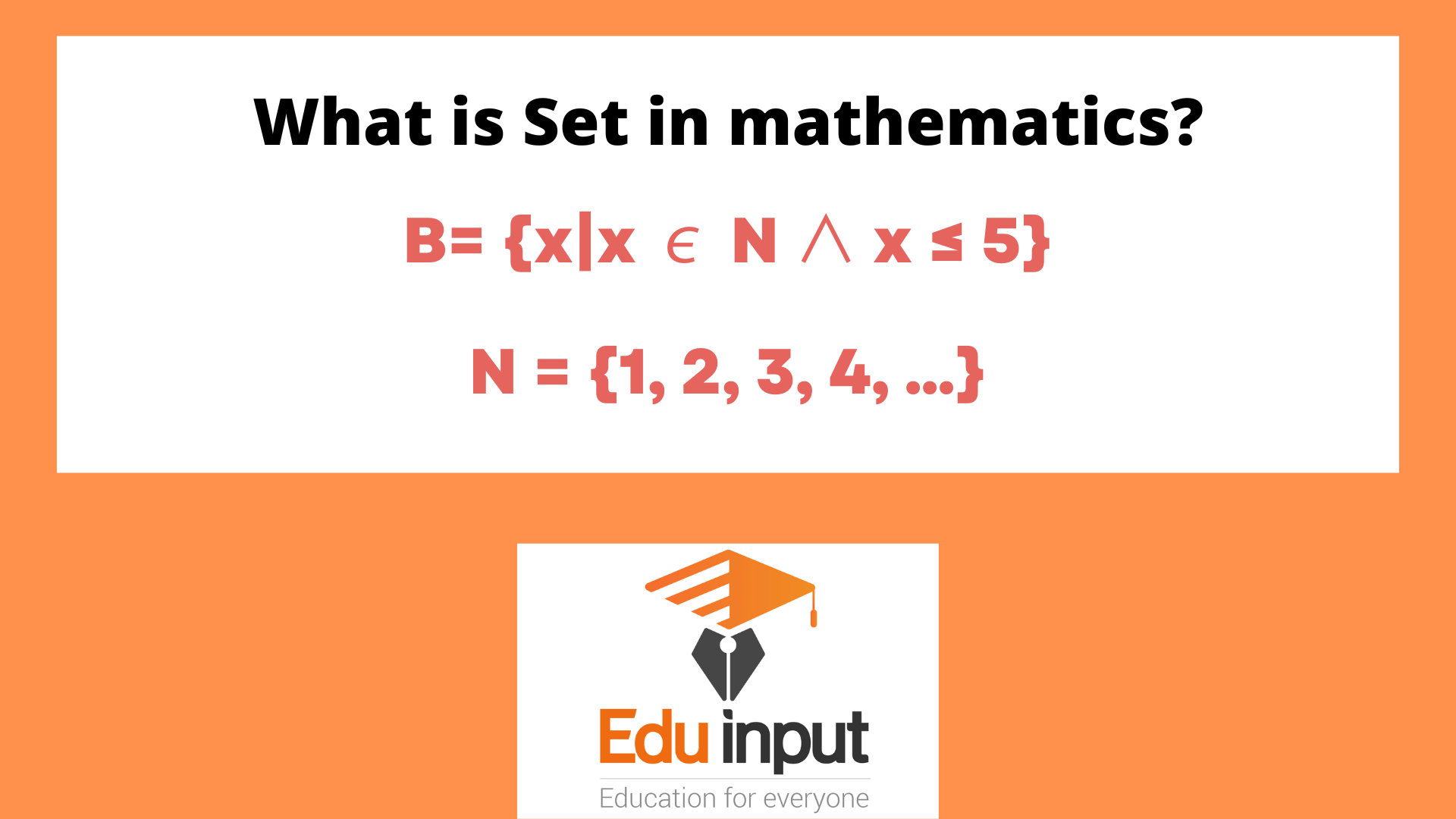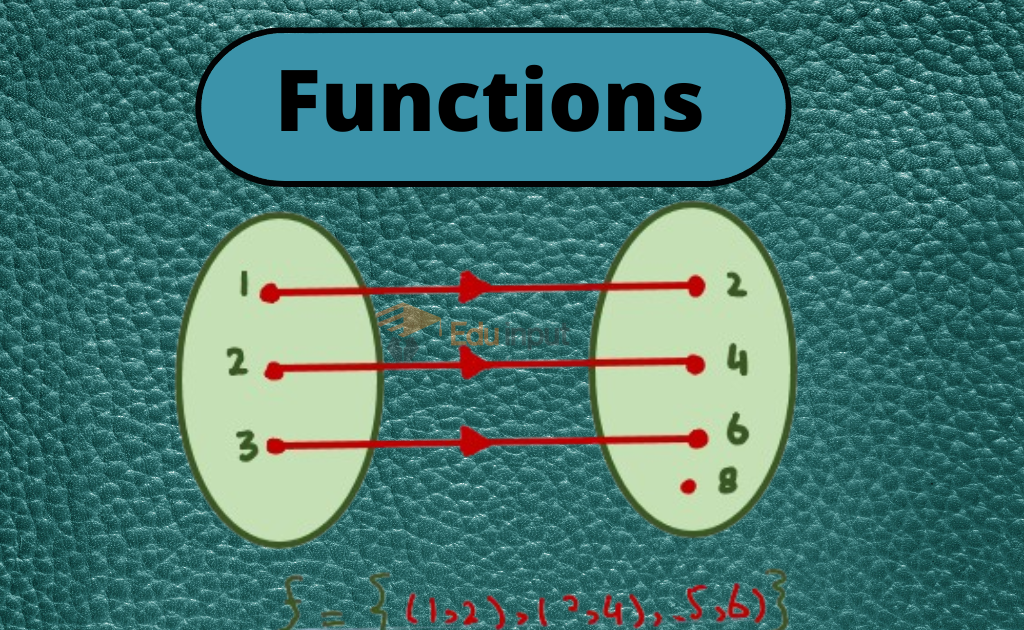Inductive and Deductive Logic
In daily life, we often draw general conclusions from a limited number of observations or experiences. These are inductive and deductive logic. A person gets a penicillin injection once or twice and experiences a reaction soon often words. He generalizes that he is allergic to penicillin.
What is induction?
The method of drawing conclusions on the basis of a limited number of observations or experiences is called induction.
For example:
A person gets a penicillin injection once or twice and experiences a reaction soon afterward. He generalizes he is allergic to penicillin.
What is the deduction?
To draw conclusions from accepted or well-known facts is called deduction.
For example:
All men are mortal. We are men so we are mortal.
What is the postulate?
Some statements which are accepted as true without proof are called postulates.
What is a proposition?
A declarative statement that may be true or false but not both is called a proposition.
What is Aristotelian logic?
Deductive logic in which every statement is regarded as true or false and there is no other possibility is called the Aristotelian logic.
What is Non-Aristotelian logic?
Deductive logic in which there is scope for a third or fourth possibility is called Non-Aristotelian logic.
Symbolic logic.
| symbol | How to be read | Symbolic expression | How to be read |
| ~ | not | ~p | Not p negation of p |
| ^ | and | P^q | P and q |
| v | or | pvq | P or q |
| ……> | If. Than implies | P….>q | If p then q P implies q |
| <……> | Is equivalent to, if and only if | P<…..>q | P if and only if q |
What is Negation logic?
If p is any proposition, its negation is denoted by ~p. Thus if a statement p is true, ~p is false and if a statement p is false ~p is true.
The truth table is given as:
| P | ~P |
| T | F |
| F | T |
What is the conjunction of two statements?
The conjunction of two statements P and q is denoted by p^q and it is true and only if both of its components are true .in all other cases, it is false.
The truth table of p^q is given as:
| p | q | P^q |
| T | T | T |
| T | F | F |
| F | T | F |
| F | F | F |
What is the disjunction?
Disjunction of two statements p and q is denoted by pvq and is true if at least one of the statements is true.
It is false when both of them are false.
The truth table of pvq is:
| p | q | pvq |
| T | T | T |
| T | F | T |
| F | T | T |
| F | F | F |
What is conditional /implication?
A compound statement of the form if p then q .written as p……> q.is called a conditional or an implication .P is called the antecedent or hypothesis and q is called the consequent or conclusion.
A conditional is regarded as false only when the antecedent is true and the consequent is false .in all other cases. It is considered to be true.
The truth table is
| p | q | p…….>q |
| T | T | T |
| T | F | F |
| F | T | T |
| F | F | T |
What is biconditional?
The proposition p………>q^q……..>p is written as p<………>q and is called the biconditional or equivalence.
The bio conditional is considered true when both p and q are true or both p and q are false.
The truth table of p iff q is:
| p | q | p………>q | q……..>p | p<………>q |
| T | T | T | T | T |
| T | F | F | T | F |
| F | T | T | F | F |
| F | F | T | T | T |
What is the converse of p…….>q?
let p…….>q be a given conditional .than q……..>p is called the converse of p……>q .
its truth table is:
| p | q | p…….>q | q……..>p |
| T | T | T | T |
| T | F | F | T |
| F | T | T | F |
| F | F | T | T |
What is the inverse of the conditional p………>q?
Let p…….>q be is a given conditional,~p……>~q is called the inverse of p…..>q,
Its truth table is:
| p | q | p….>q | ~p | ~q | ~p…>~q |
| T | T | T | F | F | T |
| T | F | F | F | T | T |
| F | T | T | T | F | F |
| F | F | T | T | T | T |
What is the contrapositive of p…..>q?
let p…..>q be a given conditional,~q…..>~p is called the contrapositive of p……>q,
it truth table is:
| p | q | p…..>q | ~p | ~q | ~q…..>~p |
| T | T | T | F | F | T |
| T | F | F | F | T | F |
| F | T | T | T | F | T |
| F | F | T | T | T | T |
What is a tautology?
A statement that is true for all the possible values of the variable involved in it is called tautology.
What is the absurdity?
A statement that is always false is called an absurdity or a contradiction.
For example:
p……>~q is an absurdity.
What is a contingency?
A statement that can be true or false depending upon the truth values of the variables involved in it is called a contingency.
What is the quantifier?
The words or symbols which convey the idea of quantity or number are called quantifiers.
Types of the quantifiers:
There are two types of quantifier
- Universal quantifiers.
- Existential quantifier.
What are universal quantifiers?
The symbol ∀ used, for all is a universal quantifier.
What is an Existential quantifier?
The symbol! ∃ is used for there exist is an existential quantifier.
Prove that in any universe the empty set {} is a subset of any set A.
Proof:
Let U be a universal set.
Considered the conditional that ∀ x∈U,x∈φ……>x∈A
The antecedent or hypothesis of this conditional is false because no x∈U is a member of φ.
Hence the conditional is true because a conditional is false only when the antecedent is true and the conclusion is false.
Frequently Asked Question-FAQs
What is induction?
The method of drawing conclusions on the basis of a limited number of observations or experiences is called induction.
What is the deduction?
To draw conclusions from accepted or well-known facts is called deduction.
What is a contingency?
A statement that can be true or false depending upon the truth values of the variables involved in it is called a contingency.
Types of the quantifiers:
There are two types of quantifier
Universal quantifiers.
Existential quantifier.
What is the quantifier?
The words or symbols which convey the idea of quantity or number are called quantifiers.
What is a tautology?
A statement that is true for all the possible values of the variable involved in it is called tautology.
What is the absurdity?
A statement that is always false is called an absurdity or a contradiction.
What is Aristotelian logic?
Deductive logic, which is the kind of logic that regards every statement as either true or false and nothing else, is called Aristotelian logic.

 written by
written by 




Leave a Reply